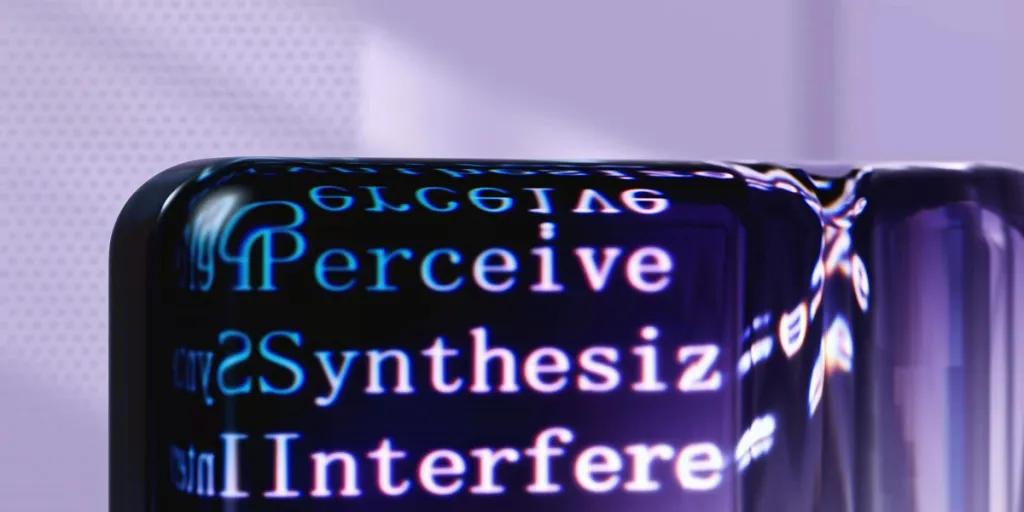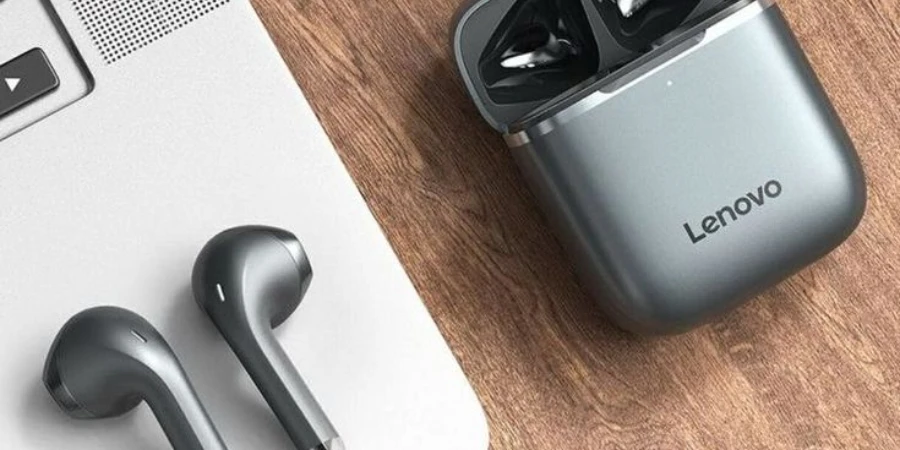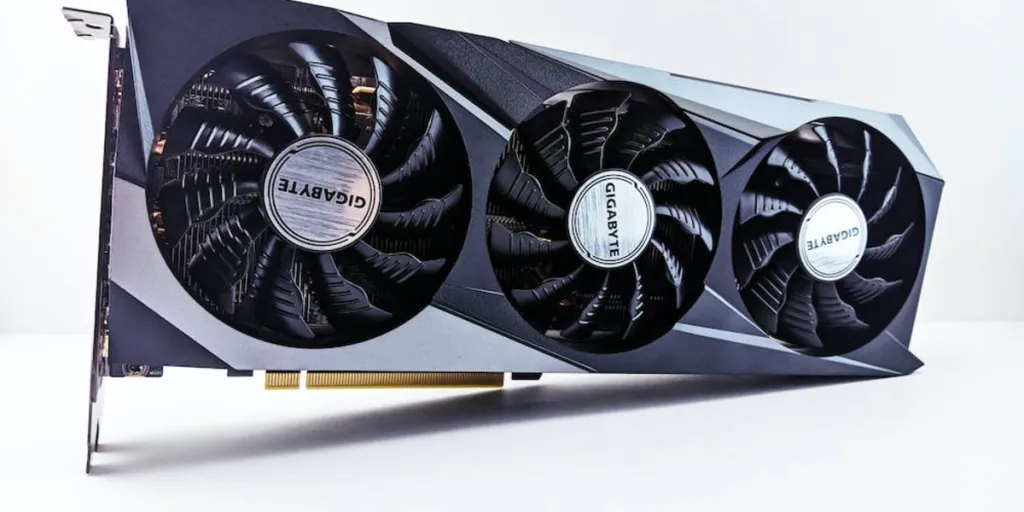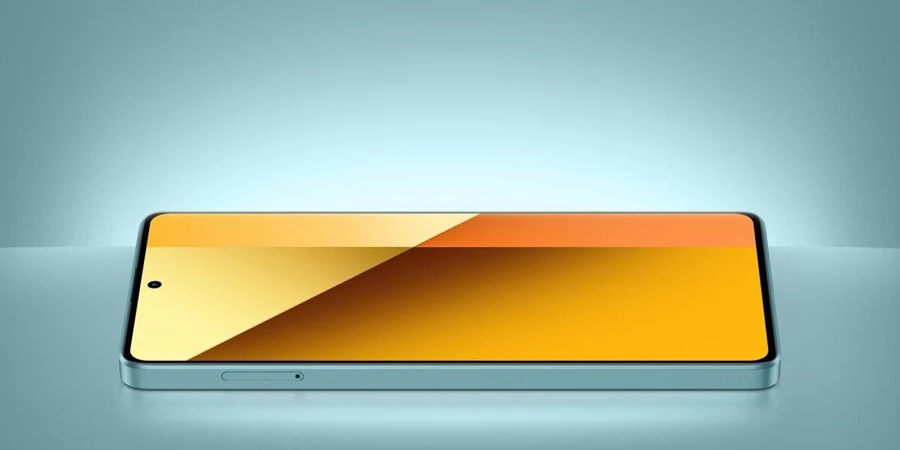These days, planning a trip to a foreign country no longer requires worrying about the language barrier. Consumers only need an electronic translator, and they’ll enjoy seamless conversations wherever they go.
But how do businesses know how to choose the best translators to suit their consumers’ needs? This article solves this concern by providing a comprehensive guide to selecting the best electronic translators in 2024.
Table of Contents
How big is the electronic translator market?
What to consider when purchasing electronic translators in 2024
Rounding up
How big is the electronic translator market?
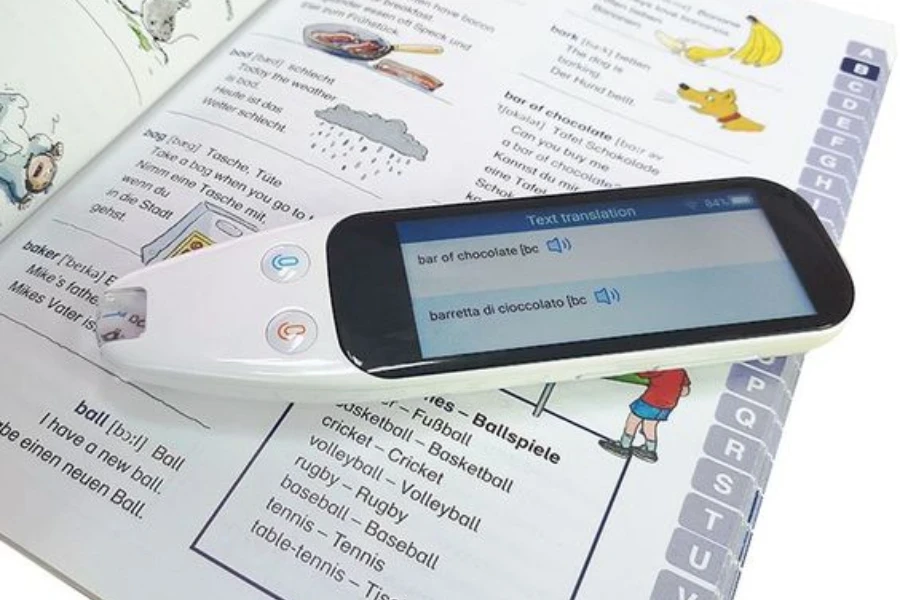
The electronic translator market is huge, and it’s getting bigger. Based on the most current reports, the market for this electronic device was estimated at USD 990 million in 2021 and is expected to increase to USD 2.5 billion, growing at a 10% compound annual growth rate (CAGR) from 2022 to 2030.
A key factor driving growth in this market is artificial intelligence (AI), which is helping these gadgets understand speech patterns and translate them into text more accurately than ever before.
As language barriers are becoming non-existent, the electronic translator market will continue its expansion, driven by consumers looking to connect with people globally.
What to consider when purchasing electronic translators in 2024
Translation quality
Electronic translators are not fancy dictionaries. If users can’t trust the device to translate what it hears accurately, it’s probably not worth stocking up in inventories. The best translators have high human-to-machine translation capabilities because they deliver consistent, high-quality results and constantly improve their algorithms.
Accuracy is another important factor to consider under translation quality. Although these devices have evolved into something out of a sci-fi novel in recent years, some may still see them stumbling due to accents or dialects.
To combat this, some translators use machine learning algorithms to recognize speech patterns and user habits, improving accuracy and overall translation quality. Other variants may use cloud-based translation services to provide the same effect.
Supported languages
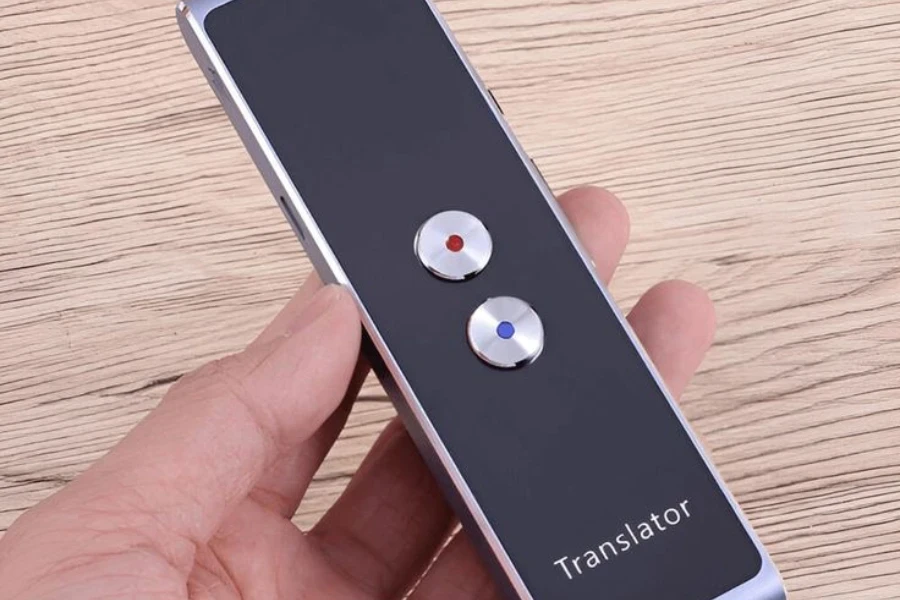
While translation quality is important, the languages the translator can support are even more important. Hence, look out for electronic translators that support various languages from different countries and regions, catering to a global audience. The more languages the device supports, the better.
Functionality
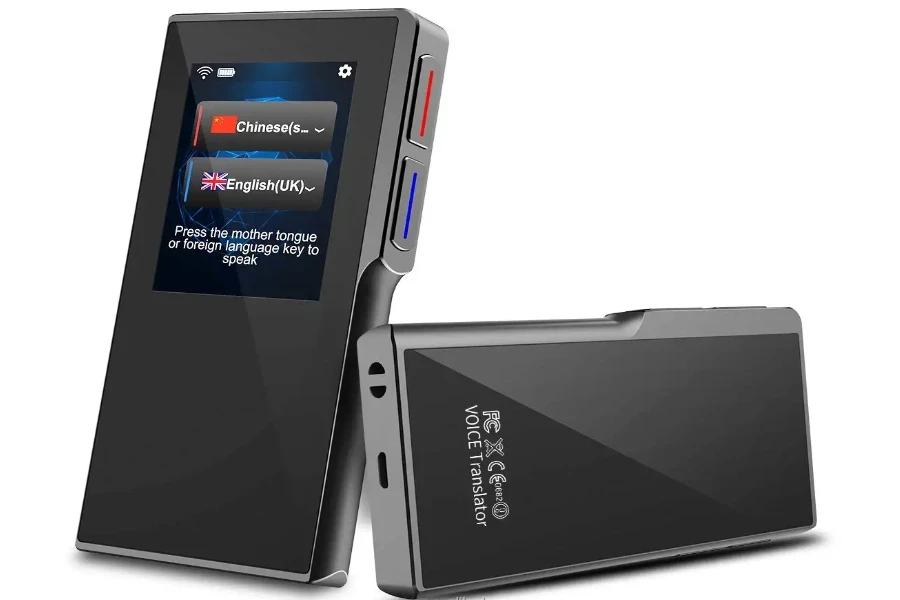
What would target consumers want the device to do? Answering this question would help businesses know the ideal functionality. If consumers simply want to translate words and phrases from one language to another, sellers can offer devices with basic translation features.
Such electronic translators are ideal for consumers traveling alone or with companions speaking the same language.
Conversely, if buyers are traveling with diverse colleagues or attending events hosting multiple languages, retailers can offer more advanced variants with voice recognition and real-time translation capabilities. It’s the best solution for conversing without pausing or translating each sentence manually.
Microphone and speaker quality
The microphone and speaker quality are two things that determine how well the device will perform in different settings. So, retailers must prioritize translators with high-quality microphones and speakers—this will help prevent them from sounding robotic or muffled during meetings or calls.
Battery
Reliable battery life is non-negotiable. The best translators should have a long battery life because users need them to go the distance without recharging every few hours. In other words, electronic translators with a great battery life can guarantee uninterrupted communication.
Some translators may offer high-capacity batteries delivering long operating hours on a single charge. Conversely, other devices may provide spare batteries—but the downside to such translators is that consumers have to access these extra power packs to enjoy translations continuously.
Translation engines
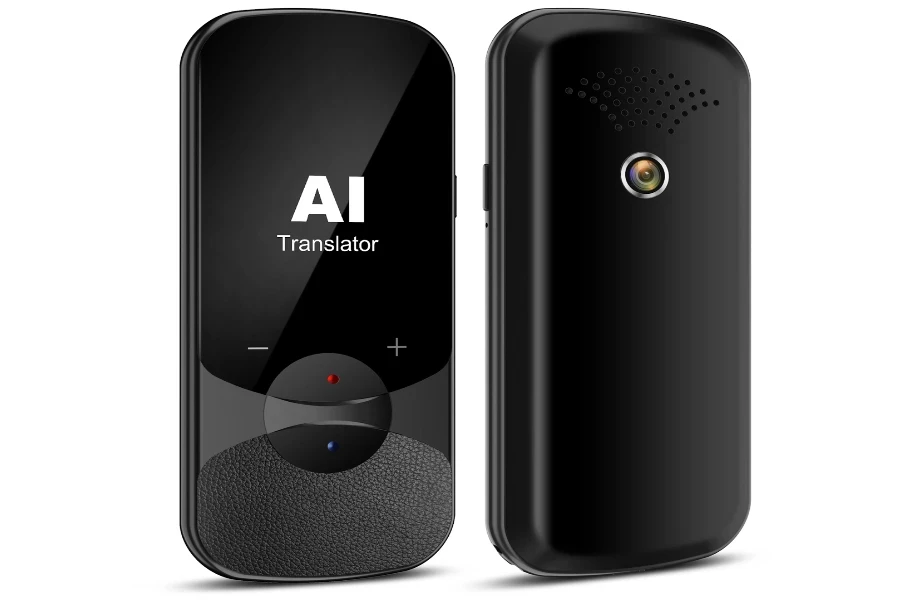
Most electronic translators come equipped with a neural machine translation (NMT) engine to help provide seamless translations. Even better is that the NMT engine helps generate more natural-sounding translations, providing better comprehension and allowing users to sound more like native speakers.
But that’s not all. Some translators also utilize artificial intelligence to increase translation quality. In such cases, the devices will help ensure translations fit the context, or they may help include closer approximations of colloquialisms.
Speaking of AI assistance, such translators are gaining popularity because of their natural-sounding translations and boosted accuracy. AI technology is smart, meaning it can learn from previous data and adjust translation algorithms for more nuanced translations—especially when combined with powerful translation engines.
Here are some other common translation engines retailers can find in electronic translators:
- Statistical machine translation (SMT): This translation engine uses statistical models to translate text from one language to another. Although translators with this engine are usually fast and can handle voluminous translators, they’re not the most accurate or fluent.
- Rule-based machine translation (RBMT): Although it’s a more traditional approach, the RBMT engine offers more accuracy—and it uses a rule set to handle translations. However, such translators are slower and more expensive to manufacture.
Stand-alone or app-assisted
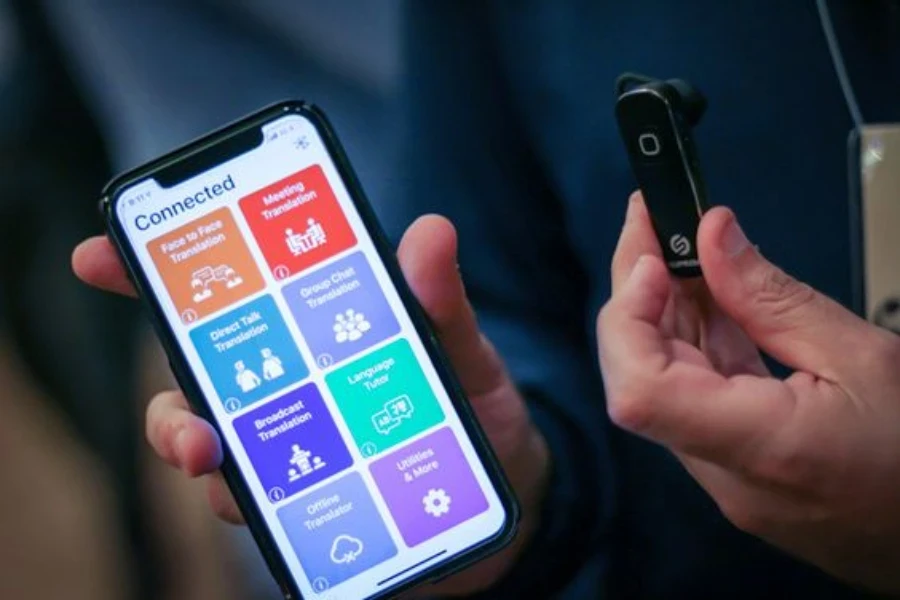
Some electronic translators work as stand-alone devices, while others require an app to run them properly. Just like the name suggests, stand-alone translators are fully functional on their own and won’t need any additional software. On the other hand, app-assisted translators require a different app installed on smartphones to deliver the best experience.
The screen is another feature separating stand-alone and app-assisted translators. Since stand-alone variants don’t need a smart device, they come with screens allowing consumers to control or read translations.
Conversely, app-assisted translators don’t use screens. Consumers can control everything about them via their smartphone apps.
Ease of use
Electronic translators should be user-friendly enough for businesses, travelers, and professionals to get hassle-free, quick, and accurate translations. So, retailers interested in selling these products must prioritize ones with streamlined functionality, ensuring consumers effortlessly over language barriers and enjoy enhanced communication.
Rounding up
Over the last decade, the translation industry has witnessed impressive transformations. Now, more consumers are increasingly dependent on electronic translators as a more convenient alternative to learning a new language.
It’s time for retailers to embrace these tech-savvy tools and offer their consumers the key to facilitate smooth communication and enjoy international trips in 2024.
